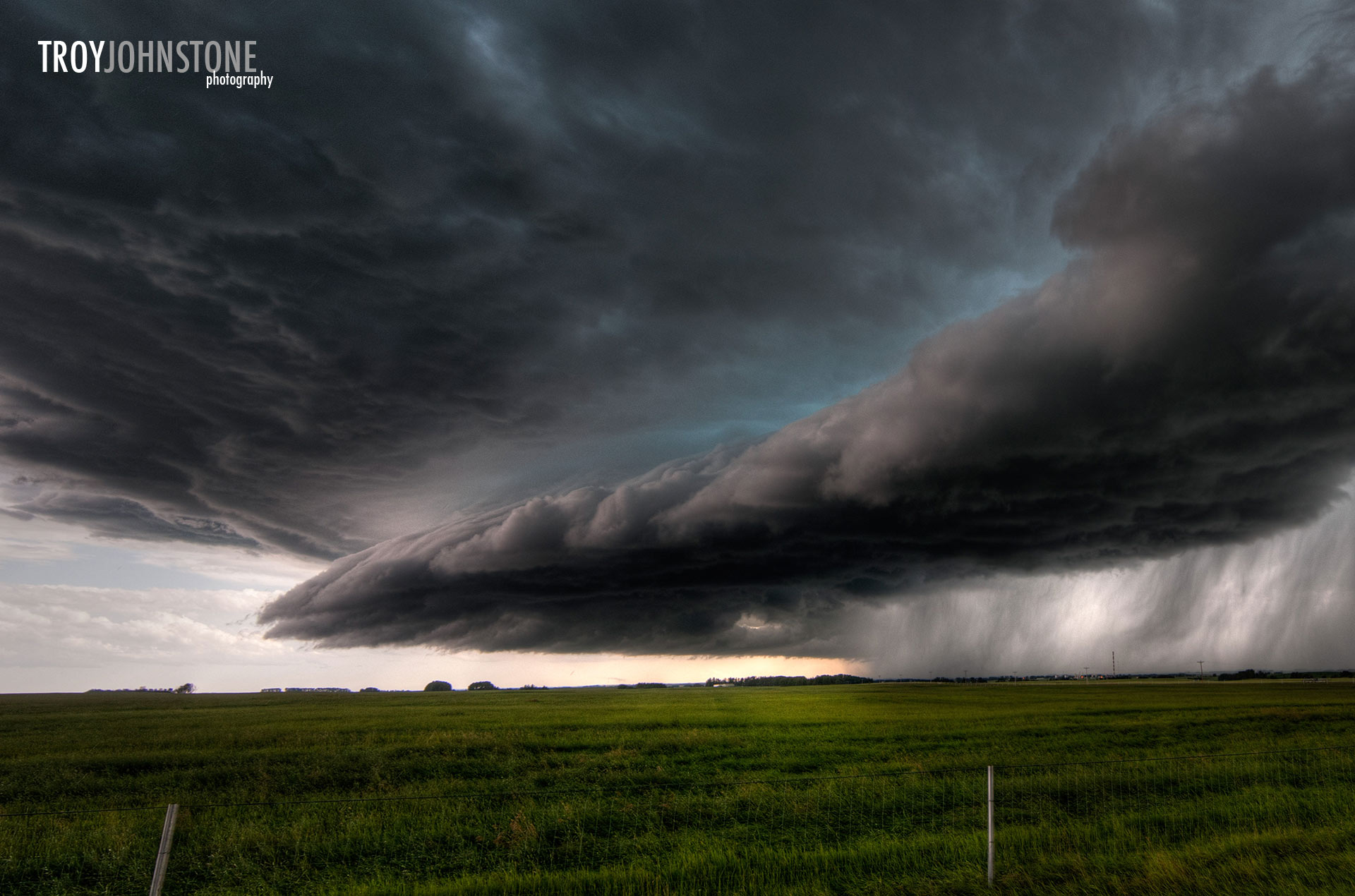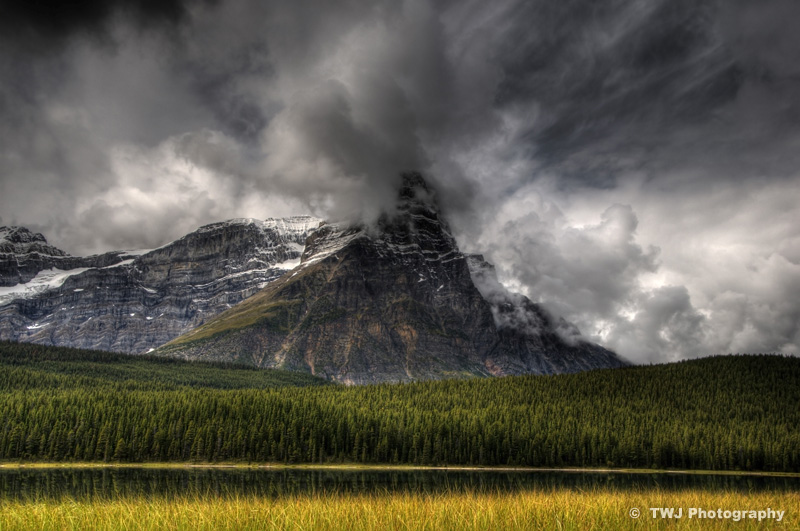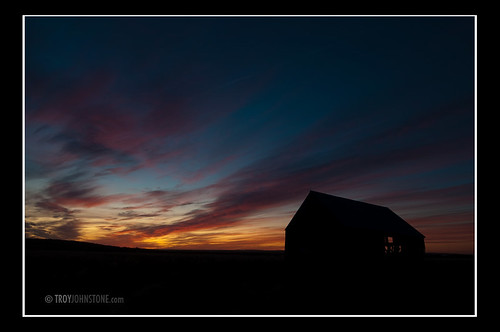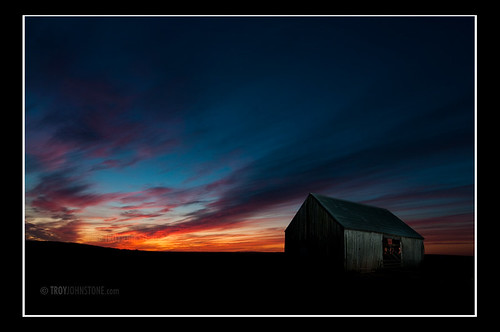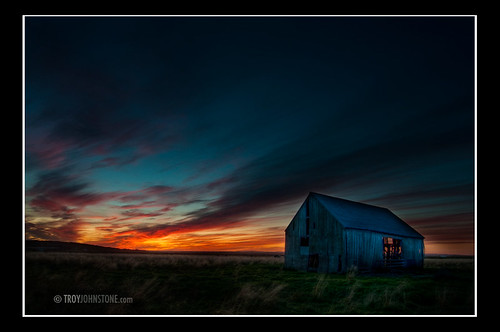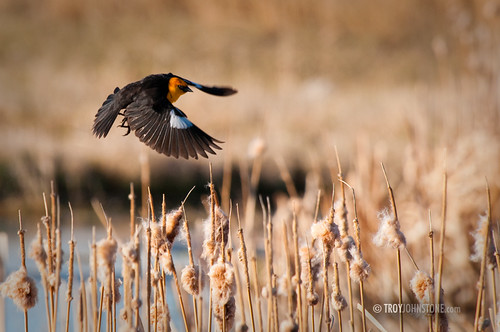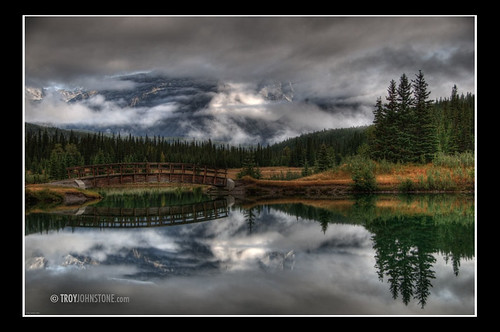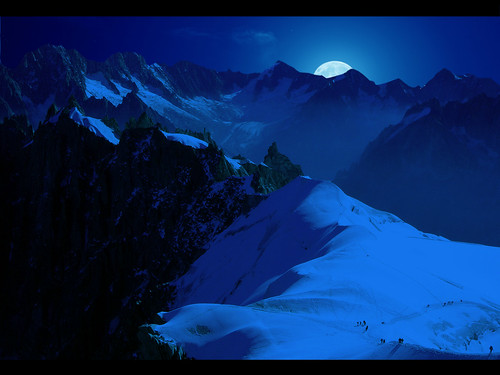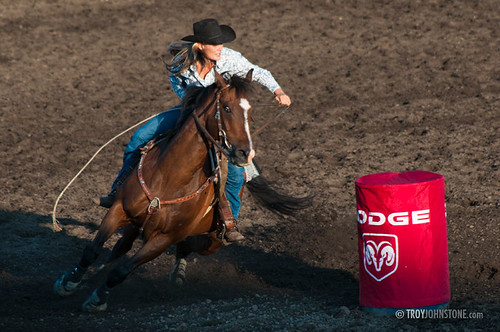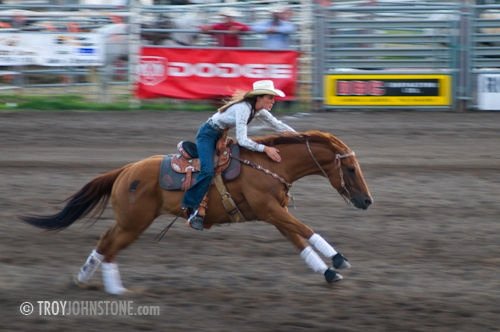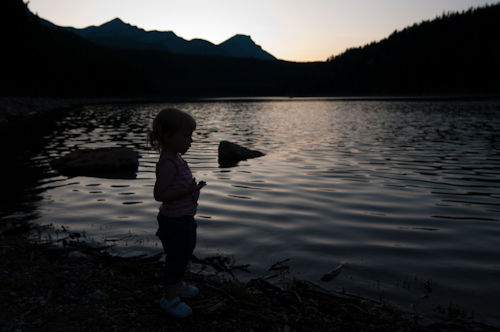In my early years of photography I had a very narrow view of what a real photograph was. I didn’t like image manipulation at all and felt real photography was an unprocessed image straight from the camera. But as I learned more about photography my tastes expanded and my definition of what a real photograph became less rigid. Now I regularly do quite a bit of work on my photographs before I even take the picture, then in camera, and later in the post-processing.
But there are many who would like to judge what a real photograph is or isn’t, what manipulation is acceptable and what isn’t. Some old school photographers (like I used to be!) say you should only do what can be done in a darkroom (it might surprise you just how much could be done in a darkroom to enhance images..). But why the arbitrary standard? Why that far and no more? Some would say it should not be changed at all and you should only use what can be done in the camera. Again, an arbitrary standard as almost everything looks different coming from the camera when compared to what your eyes see. I’m not talking about the heavily edited styles of photography used in the advertising or fashion industry, or the rules of ethics for a photojournalist recording history. I’m just discussing photography for arts sake, trying to capture the beauty of our little world.
Sometimes I have people tell me that they do not like some of my photography, not because they don’t think the image is beautiful, but because it does not appear “real”, meaning not as their eyes would see it if they had been there right when the picture was taken. Fair enough, everyone is entitled to an opinion, especially about “art.” But I would argue that no photograph completely represents a scene the way the human eye would see it. Here are some of the ways they differ:
Lighting and Dynamic Range
The human eye and any digital or film camera have very different dynamic ranges that they can “see.” To help explain this, imagine a room with natural light streaming through a large window.
The eye, as a marvellous piece of engineering, has a great advantage over a camera when looking around the room. The eye has a wide dynamic range and is able to see details in shadow and the bright sunbeam at the same time. More than that, while looking around the room, the eye can quickly adjust to see more things, like the black cat hiding in the dark corner, then look into the sunbeam and adjust again to see a white piece of paper on the white floor, then adjust again as you look out the window at the much brighter scenery outside.
Now try and capture all that with a camera in one picture. You can’t. An average exposure (like most cameras on auto) will leave the black cat invisible in its dark corner, the white paper lost in the blown-out highlights, and the view outside the window will be completely washed out. The camera simply cannot “see” as much information as the eye can in one photo. For years, photographers have done many things to reduce the dynamic range in the image by adding or subtracting light (i.e. a fill light or reflector to brighten the shadows, or filters to reduce a light source) to try to capture such a scene in one photograph, but rarely could it be done to the level of detail the human eye can see with just a glance.
Recently, a technique called High Dynamic Range (HDR) photography has come along that allows the photographer to get more of those details that the human eye can see into one final image. This is commonly achieved by taking more than one image at different exposures, combining them in some specialized software, and throwing out the blacks and whites at each end of the luminance scale (the process can be overdone with bizarre results, but properly worked, it can lead to beautiful images). The result can be a great image that better approximates what the eye would normally see. As this is a relatively new technique, we are not used to seeing this much information in one image and many people describe it as surreal, or simply as fake and dismiss the image outright.
For example: If exposing for the sky, a barn photographed against a wonderful sunset should just be a silhouette.
But that isn’t how I saw it as I stood there. I could see the barn in front of me. I could see the textures of the wood, the rust on the roof, the hill in the distance, the tall grass swaying in the cold wind.
While creative lighting is more common in portraiture, modern wireless flash technology allows for some interesting possibilities in landscape photography. I decided to use some of my wireless flash system to light up the barn:
Is this an acceptable image? I have now tinkered with the original scene, but not done any post processing. Some would argue that it is ok, but some purists would argue that it is fakery, “not as the eye saw it.”
How about this… what if I take five different exposures
and stack them, throw out the total blacks at one end and the blown out whites and highlights at the other and end up with this High Dynamic Range image:
Does the method make this an illegitimate image? Is it a lesser image than the previous two because of the process used to create it?
Does the process used to create the image matter, or is photography all about the final image?
Which of these three is the true image according to what the human eye sees? The correct answer is: none of them. However, since you can now see the barn and surrounding scenery, I do think the HDR version is closest to what I saw when I stood there.
Optics
A photograph is a 2 dimensional image of our three dimensional world, and therefore different from what our stereo vision eyes see. While this is obvious, it can be manipulated for effect by the lens. Zooming in on a subject causes an apparent compression of the distances in that scene and a wide angle lens can feel more immersive and exaggerate distances. For example, imagine a person standing 10 meters from you, a car 15 meters away, and a tree 40 meters away. Zoom in on the person and the car and tree appears to be much closer to the person. Walk up to the person and use a wide angle lens and the car and tree will seem to be very far away. This can also be used to make weather effects like fog, snow,or rain seem denser, more moody by zooming in. Or you can exaggerate proportions by getting close with a wide angle, tilting it up or down, etc.

The foreground and background hay bales are a long way from each other. Taken at 14mm.

Or are they? Same hay bales shot at 105 mm. Note the compression of depth between the bales.
It has been said that a 50mm lens is the closest approximation to what the human eye can see. Should we only use 50 mm lenses then? Forget about wildlife photography… You could never get close enough to get a good picture. Sure, I am taking this to absurd extremes here, but I wish to point out how all images are not as we would see them with our own eyes. The only lens that shows us the world as our eyes truly see it is the lens in your eye. And your eye is different than mine..
Depth of Field
A common feature of most good portraiture and other types of photography is a shallow depth of field, where the background is soft and blurry, drawing attention to the subject in the image.
While this makes for a more pleasing photo, it isn’t how our eye sees it.. it isn’t natural. These examples have been optically manipulated by using specific zoom and/or aperture settings on the camera to enhance it and make it more interesting.
Our eyes look at a scene and quickly focus on whatever we are looking at, so quickly that we don’t even notice. In effect, everything is in focus. Should we take all pictures with everything in focus to better replicate what our eyes would see? To do that would result in a cluttered, flat image, likely with a busy, in-focus background. To see what that would look like, just look at most portraits taken with a point and shoot camera on auto.
Colour Manipulation
Too much colour?
Too little colour?
Why would making a colour world into black and white or sepia be considered artistic.. but going the other way on the saturation scale and boosting colour in an image dismissed as unrealistic? Both are forms of image manipulation and neither are be true to the eye.
By the strictest “as my eye sees it” standards, should Ansel Adams be considered a great liar? He ruined great American landscapes by using black and white film to record them. Colour film was available, but he chose not to use it. Other film photographers manipulated their images by using special films known for their rich colours to get the saturated results they wanted. Both are forms of colour manipulation in art, and both are still happening today in digital photography.
Subtraction or Addition
No one would fault a painter for creating a painting without power lines, garbage in the ditch or bad acne on a person’s face. Yet if they were there in the first place, shouldn’t they be included? Generally speaking, no. Painting allows an idealized image, limited only by the skill of the painter.
What about photography? Should the deletion of distracting elements be universally condemned? I remember the first time I deleted a distracting sign from the middle of an image. It was impossible to get the picture of the pond with it’s cattails and reflection of the sky without also getting this ugly sign. So, I could either forget about the image or clone the sign out. As I am not bound by the rules and ethics a photojournalist must adhere to, I removed the sign. I admit, I felt a bit dirty, but it is a much better image! But that raises the question: how much is too much?
At one extreme you have the the advertising and magazine cover genre where everything is retouched. Not much real there…
To find the other extreme you may need to go to a camera club. There you will find some who even go so far as to say no cropping of a photograph.. it all has to be done with the camera. Someone walked into the edge of your perfect sunset picture? Too bad, you can’t crop them out. Your image is ruined. Why? I dunno…
What about the addition of nonexistent elements? Here is an extreme example of something being added called “Climbing In The Moonlight…” by AlexSerra.
I found this image on Flickr and was stunned for about five seconds. That’s when I realized it was all wrong. I have tried taking pictures of the moon rising over the mountains, and the moon is always a tiny, over-exposed thing. You just can’t capture an image of both a properly exposed moon and mountains in one picture. Then I realized something else, the direction of the shadows is totally inconsistent with the location of the moon if it was the only light source. Upon further investigation, I saw that the exposure was taken at 1/800 second… much too fast for a night shot, even under a full moon. This image was made with a photograph taken at midday, adjusted to be blue, then the moon digitally added. It is still a beautiful piece of art, and as fantasy art, there is nothing wrong with it. What I feel is misleading is that the image creator seems to want us to believe that it is a real photograph, not just a composite image (so now I am being critical in an essay against criticism).
Time
Our eyes record a flow of time, yet a photograph is often just a short instant of time. Time can be manipulated to make a more visually interesting photograph, but it would not be as it would appear to the human eye. The above image was a 10 second exposure taken in London England of a double-decker bus and other traffic going by at night. This is one of my most popular images on Flickr, but it is certainly not how my eyes saw it.
Time can be manipulated to freeze action
or make it seem faster.
A long exposure can be used to build up more light, to bring out unseen details otherwise invisible to the naked eye. For example, a rich star field and faint meteor:
Or the rich colours of the Northern Lights (the green is difficult for the human eye to see in the dark):
A fast exposure can be used to limit the amount of light in an image, like this one to create a silhouette:
Like aperture, shutter speeds can be chosen for effect. In essence, pre-production image manipulation.
Ever see a nice photo of a waterfall or stream? It most likely has a white, smooth, silky flow of water. Sorry, but it’s a lie.
Slow shutter speed – 1.6 seconds

Fast shutter speed (1/60th of a second) – not as nice.
The slow shutter speed makes the water all smooth and beautiful, yet according to the “as my eyes see it” rule, the photo is a cheat. However, this method has been around a long time and I can’t imagine too many people complaining about that as being unnatural.
——-
This one point about waterfalls was made to me a few years ago and it changed how I think of photography! That was when it hit me that that no image is as the eye sees it. A photographer who knows what they are doing can manipulate the image in camera (optically, selective focus, time, depth of field, crop, etc.) to produce all kinds of “unrealistic” results, and these are already accepted by the majority of people. Realizing that there was so much manipulation already happening made me rethink why I was so disapproving of post-processing. In the end I got over my processing hang-ups, and this has freed me to be more creative in my photography, to experiment more to create beautiful images of the world around me, and to have more fun.
I hope you enjoy it too.
